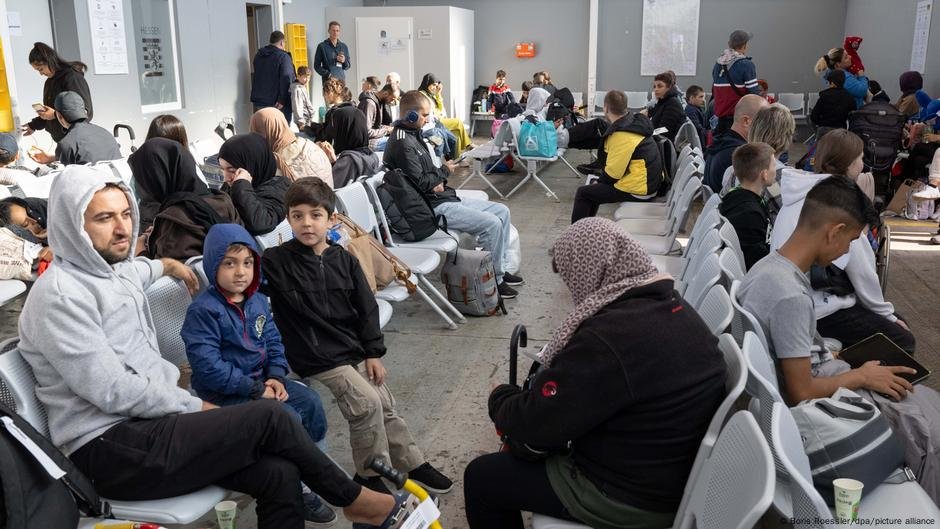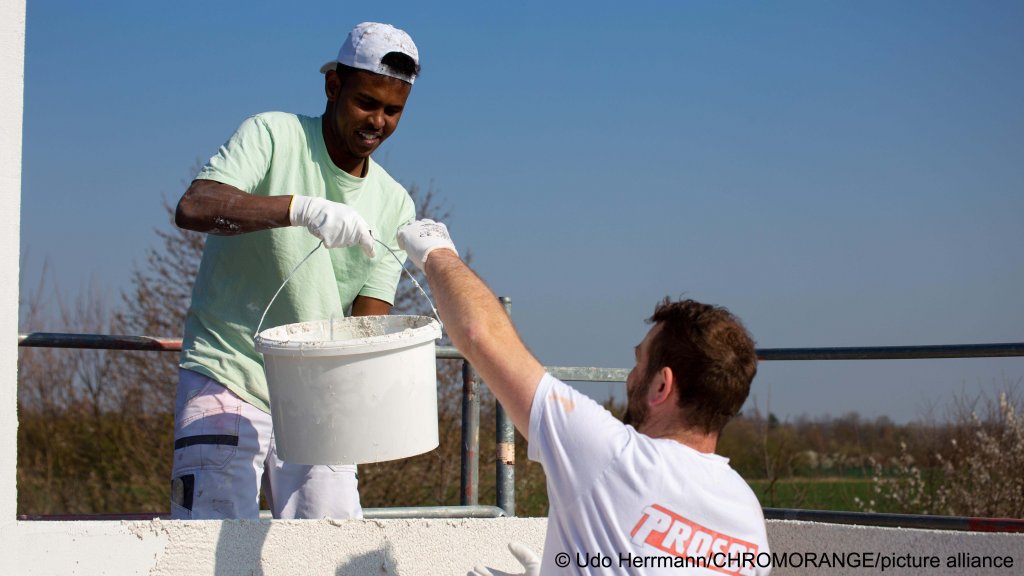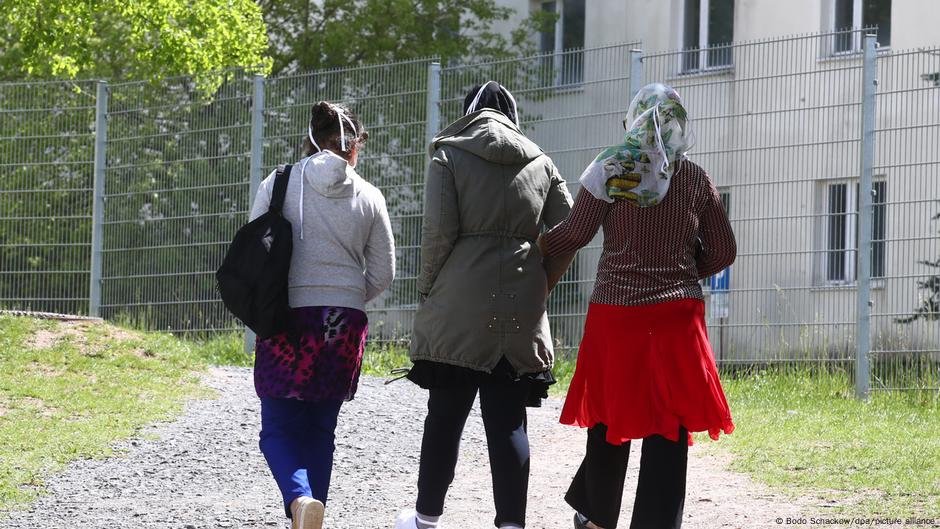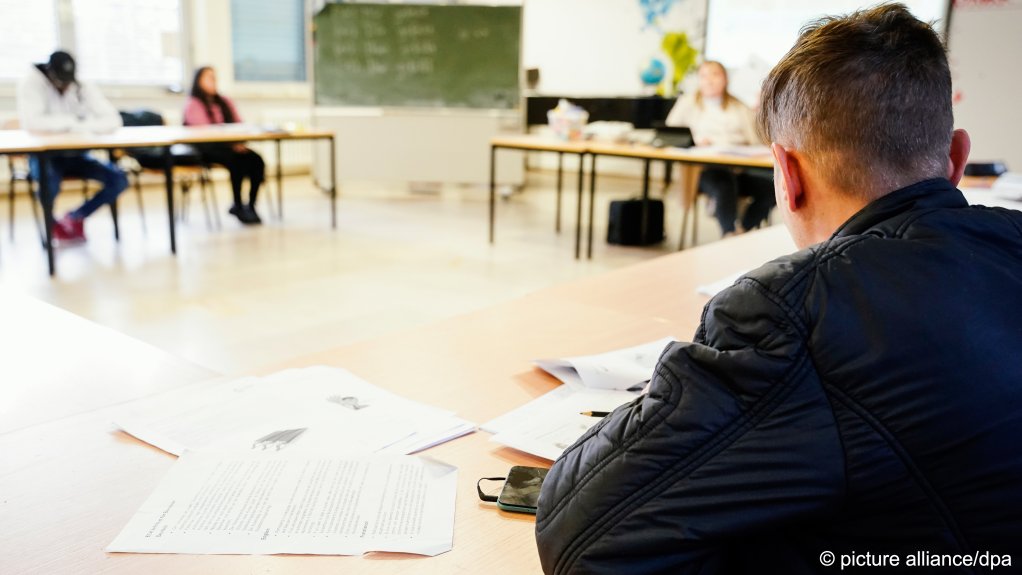A recent study finds that a large number of refugees in Germany are still at risk of poverty, but the data also points to a gradual improvement in recent years.
A large proportion of people who have fled to Germany are at risk of poverty, according to a recent study by the German Institute for Economic Research (DIW). In 2022, nearly two thirds -- 63.7 percent -- were affected. At the peak in 2020, the figure was almost 70 percent.
A person is considered at risk of poverty if their income is below 60 percent of the national median household net income. For a single individual, this threshold stood at 1,419 euros in 2022. Refugees therefore remain significantly more vulnerable to poverty than the general population.

According to DIW, the overall share of low-income earners -- or the poverty risk rate -- has stagnated since 2019 but has risen steadily in the general population since 1995. The institute attributes this long-term development in part to demographic changes, particularly migration. At the same time, researchers emphasize that better labor market integration among refugees is a key factor in reducing poverty risks.
Read AlsoTen years on: Refugees near German employment levels
Migration’s strong influence on low incomes
Among immigrants, especially among refugees, the share of low-income households remains "significantly higher than average, while it has remained nearly unchanged among those without a migration background for more than a decade," the DIW concludes.
About 13 percent of people with a migration background were recently classified as at risk of poverty. For comparison, among people who have migrated from other EU countries, the low-income rate is around 26 percent.
Researchers explain the high share of low-income households in these groups through a mix of structural challenges: language barriers, delays in the recognition of professional qualifications, and periods of unemployment or underemployment after arrival. These factors result in lower employment rates compared to the native population -- and therefore higher poverty risks, especially among refugees.

At the same time, more and more refugees have been entering regular employment. Data from Germany’s Federal Employment Agency show that since 2016, the share of employed refugees has risen markedly, particularly in sectors such as logistics, healthcare, hospitality, and skilled trades. DIW researcher Markus Grabka attributes the recent decline in the poverty risk rate among refugees primarily to this growing integration into the labor market.
Read AlsoMigrants in Germany earn less across generations
Gender gap
Women, particularly refugee and single mothers, face a disproportionately high risk of poverty in Germany. The DIW report shows that poverty risk is strongly linked to both migration background and limited labor market participation: households without employed members have a poverty rate above 70 percent, while those with two earners fall below six percent.

Female refugees are more likely to live in single-income or single-parent households, work part-time, or be out of the labor force entirely due to childcare shortages, language barriers, or unrecognized qualifications. These structural disadvantages mean that even as overall income inequality has stabilized, women with migration backgrounds remain concentrated in the low-income segment.
High inflation and rising living costs since 2021 have further eroded their purchasing power, widening the gap between refugee women and the general population. As the DIW study concludes, improving women’s access to the labor market -- through childcare support, recognition of qualifications, and better wage incentives -- is essential to reducing poverty and inequality in the long term.
Read AlsoHelping women refugees in Germany find work
Political and social implications
Politically, the poverty risk among refugees is increasingly seen as a key indicator of integration success. Being at risk of poverty does not necessarily mean living in absolute poverty -- but it reflects limited participation in society, for example in housing, education, and healthcare.
Social organizations therefore call for stronger investment in language training, faster recognition of foreign qualifications, and targeted job placement to secure sustainable income prospects.

Experts also warn against viewing poverty solely as an individual issue. The DIW study underlines that structural factors -- such as access to skilled employment, local labor market conditions, and regional distribution of refugees -- play a decisive role in shaping income disparities.
Despite the persistently high poverty rate, researchers view the recent decline as a positive signal. It suggests that integration is beginning to pay off -- not only socially, but also economically -- both for the refugees themselves and for German society as a whole.
Read AlsoTen years since the 2015 migration movements (4/5): Munich between promise and pressure
With dpa
